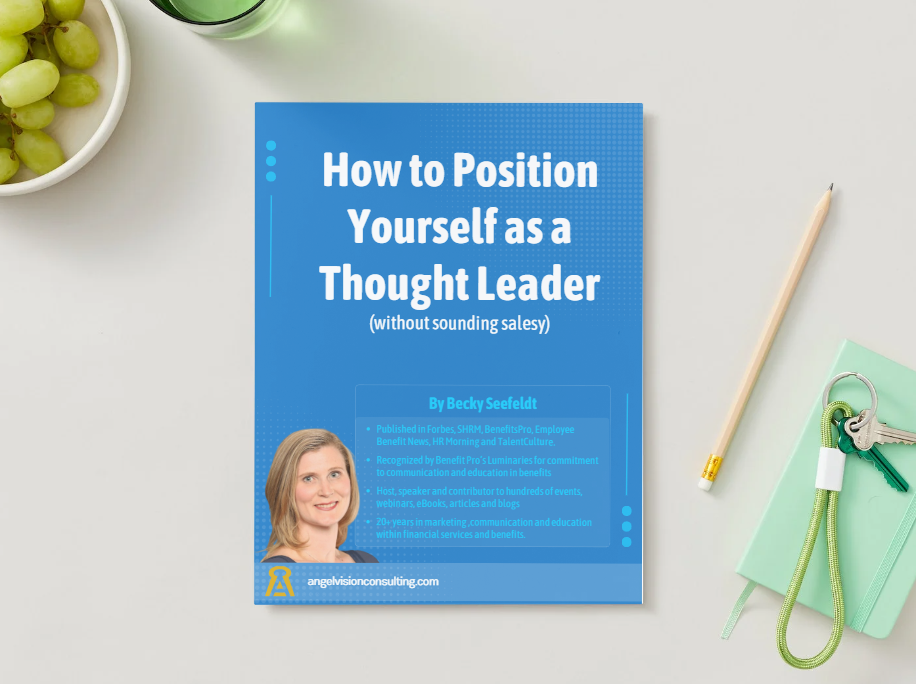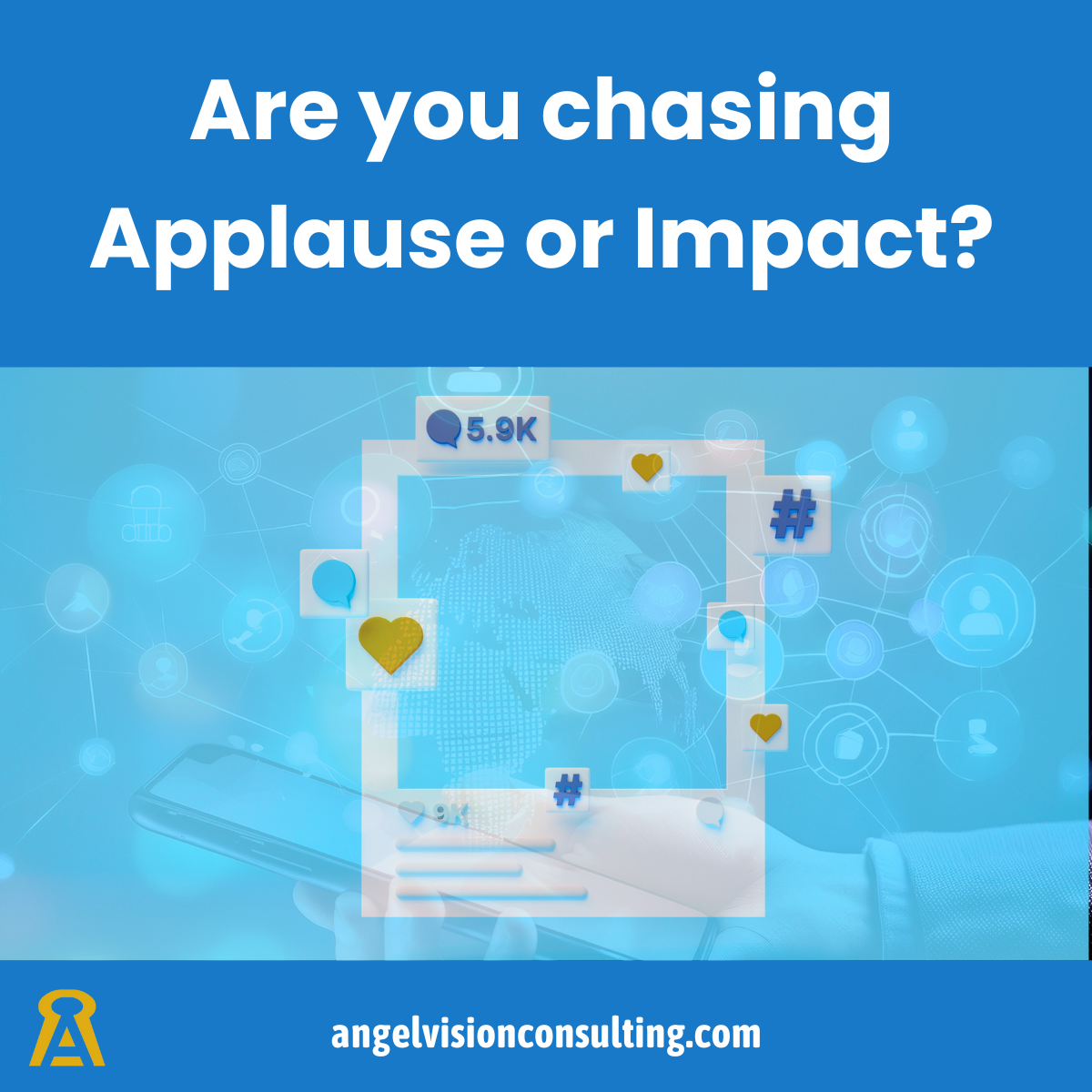How to Position Yourself as a Thought Leader
Position yourself as a thought leader without sounding salesy
Do you hate the idea to 'selling' but don't see a way around it?
There are very few people who actively love selling or being sold to. But, what if you could grow your business without ever 'selling'.
When you position yourself as a thought leader, you are doing just that.
So, what is the secret to positioning yourself as a thought leader?
1. Educate, don't sell
People don't look for sales pitches, they are looking for insights.
- Share industry trends and changes that impact your audience.
- Break down complex topics into simple, easy-to-understand insights.
- Answer common questions
2. Share scenarios
Help your audience understand the types of problems you solve and how you solve them. This builds credibility without pushing a product or service.
3. Engage, don't just post
Positioning yourself as a thought leader isn’t just about publishing content -- it’s about starting conversations.
- Comment on industry discussions with valuable insights.
- Ask thoughtful questions to encourage engagement.
- Connect with decision-makers and engage with their content before reaching out.
- Repost with thoughts to demonstrate your interest and perspective
Thought Leadership Takes Consistency
People need to know that they can count on you consistently to view you as a thought leader. Set a regular content schedule and stick to it. Thought leadership takes time, but consistency will pay off.



